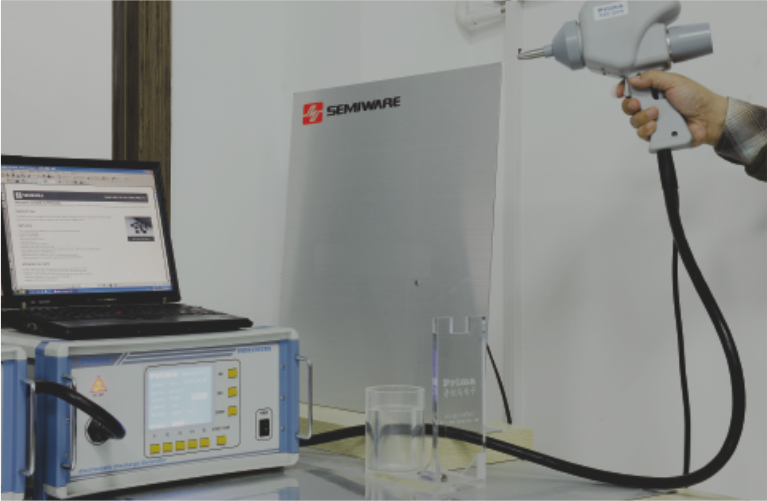[Introduction] This article introduces the parameter terms and definitions of TVS transient suppression diodes, as well as the minimum and maximum ambient operating temperatures of the device application circuit. The operating temperature must not affect adjacent components, which is a parameter that designers must consider.
Pry equipment
This type of suppressor has “crowding” properties and is typically associated with 4-layer NPNP silicon controlled bipolar devices or plasma gas/GDT devices. Once the threshold or breakover voltage is reached, further increases in current will cause the device to conduct electricity rapidly with a forward voltage drop of only a few volts. In essence, the line will be in a temporary “short circuit” condition when a transient occurs.
Operating temperature range (Tj)
Minimum and maximum ambient operating temperatures for the device’s application circuitry. The operating temperature must not affect adjacent components, which is a parameter that designers must consider.
Capacitance(Cj)
A circuit element property that allows a circuit element to store electric charge. In circuit protection, off-state capacitance is usually measured at a frequency of 1 MHz and a bias voltage of 2 V.
Reverse off-state voltage (VR)
For a unidirectional TVS diode, this is the maximum peak voltage that can be used in the blocking direction without large current flow. For bidirectional transients, it adapts to either direction. Its meaning is the same as the maximum off-state voltage and the maximum operating voltage.
Breakdown voltage (VBR)
Breakdown voltage measured at a specified DC test current, typically 1mA. Usually the maximum and minimum values are stated.
Peak pulse current (IPP)
Maximum pulse current that can be applied repeatedly. If specified, it can usually be a 10×1000μs double exponential waveform or 8×20μs.
Maximum clamping voltage (VC)
The maximum voltage that can be measured from the protector when the maximum peak pulse current occurs.
Peak pulse power (PPP)
Expressed in watts or kilowatts, the 1ms exponential transient value (see Figure 1 on page 23) is the product of IPP and VCL.
Reverse off-state voltage (VR)
The equipment VR should be at or above the peak operating level of the circuit (or part of the circuit) to be protected. This is to ensure that the TVS suppression diodes do not suppress the circuit drive voltage.
Peak pulse current (IPP)
Peak pulse current (IPP) determines the maximum current that a TVS diode can handle without being damaged. The required IPP must be the peak transient voltage divided by the source impedance. Note: TVS diodes fail in the event of a short circuit; if a TVS diode fails due to a transient, it will still protect the circuit.
Maximum clamping voltage (VC)
It is the peak voltage that will appear in the transient suppression diode when encountering the peak pulse current (IPP) based on the 10X1000us exponential waveform. The VC value of each TVS diode is specified in the electrical characteristics table in each series of data sheets.
Check environmental working parameters
Ensure that the actual applied voltage is less than or equal to the device’s off-state voltage and that the operating temperature is within the device’s specified range.
More information
You can view more general TVS diode information through the following methods: https://semiware.com/. If you have technical questions, please contact our technical support engineers: fae01@semiware.com.
About Semiware
Semiware has a comprehensive product lineup of overvoltage protection device families. The company leverages its technology in the semiconductor field and application background in end products to serve customers in the electronics, automotive and industrial markets. For more information, please visit semiware official website: https://semiware.com

 Automotive TVSs
Automotive TVSs General TVS Diodes
General TVS Diodes High Reliability TVSs
High Reliability TVSs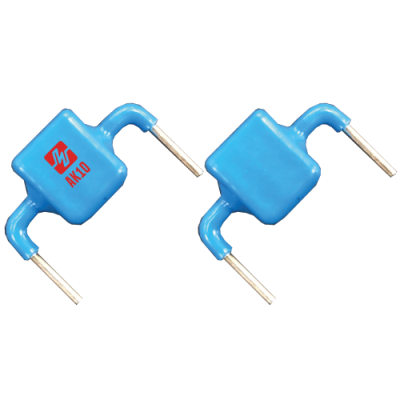 High Current TVSs
High Current TVSs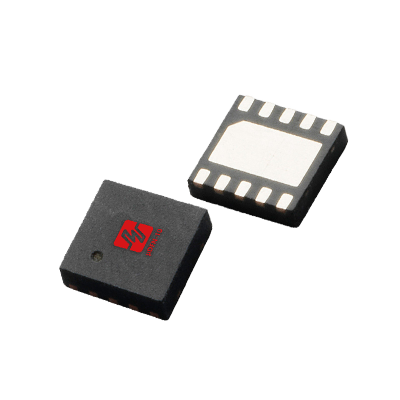 Automotive ESDs
Automotive ESDs TVS Diodes Array
TVS Diodes Array MLVs
MLVs Polymers
Polymers High Reliability
High Reliability General Thyritors
General Thyritors Programmable Series
Programmable Series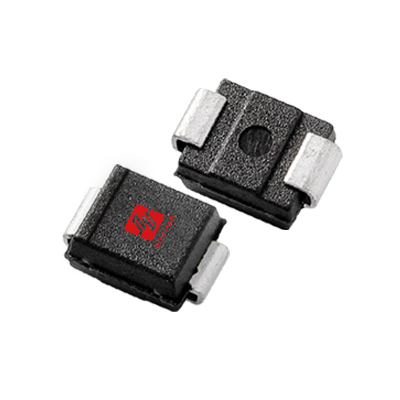 Automotive PLEDs
Automotive PLEDs Pled Protectors
Pled Protectors General Gas Tubes
General Gas Tubes Automotive GDTs
Automotive GDTs Glass Discharge Tubes
Glass Discharge Tubes General Varistors
General Varistors Sensitive SCRs
Sensitive SCRs SCRs
SCRs Triacs
Triacs 4-Quadrant Triacs
4-Quadrant Triacs Small Signal Mosfets
Small Signal Mosfets Power Mosfets
Power Mosfets Transistors
Transistors Bridge Rectifiers
Bridge Rectifiers Schottky Rectifiers
Schottky Rectifiers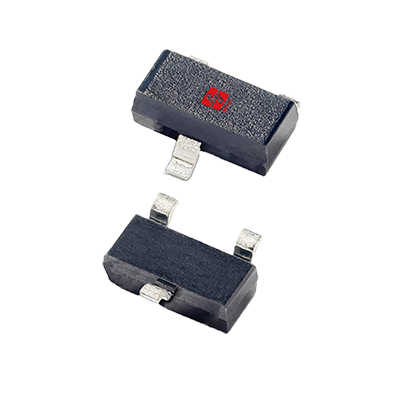 Switching Diodes
Switching Diodes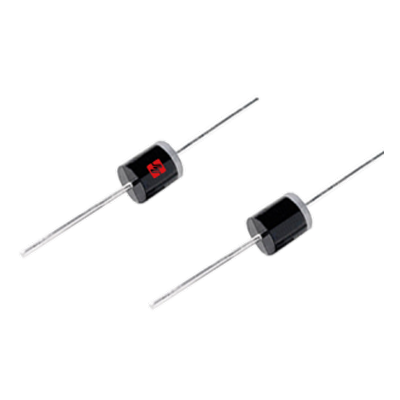 Fast Recovery Diodes
Fast Recovery Diodes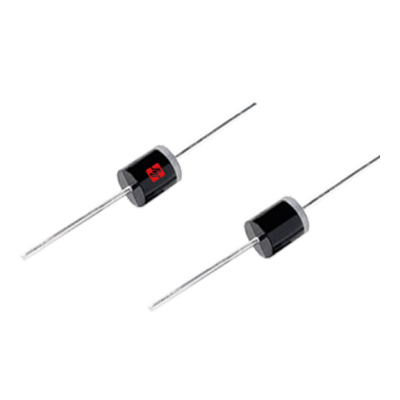 Rectifier Diodes
Rectifier Diodes Fast Recovery Diodes
Fast Recovery Diodes PTC
PTC On-Board Charger
On-Board Charger Energy Storage
Energy Storage Vehicle Adapter
Vehicle Adapter Media Hub
Media Hub Interior Light
Interior Light Head Lighting
Head Lighting DC Charger
DC Charger PTC
PTC AC Charger
AC Charger BMS
BMS ADAS
ADAS BCM
BCM Power Supply
Power Supply Antenna System
Antenna System xDSL
xDSL Outdoor AP
Outdoor AP Set-top Box
Set-top Box PBX
PBX RRU
RRU BBU
BBU Small Cell
Small Cell Cellular Base Station
Cellular Base Station Automatic Gate
Automatic Gate IP Camera
IP Camera Security Camera
Security Camera NVR
NVR DVR
DVR Power Bank
Power Bank Battery protection
Battery protection Two-wheeler locator
Two-wheeler locator POS
POS VR
VR UAV
UAV E-Bike
E-Bike PC
PC Pad
Pad Smart Lock
Smart Lock Mobile Phone
Mobile Phone Smart Watch
Smart Watch E-Cigarette
E-Cigarette TWS
TWS 2/3 Wheeler Vehicles
2/3 Wheeler Vehicles String Inverters
String Inverters UPS
UPS DC-DC Module
DC-DC Module AC220V EV Charger
AC220V EV Charger PV Inverter
PV Inverter Energy Storage
Energy Storage Adapter
Adapter Ultrasound Scanner
Ultrasound Scanner Defibrillator
Defibrillator ECG monitor
ECG monitor Sphygmomanometer
Sphygmomanometer Electronic Scale
Electronic Scale Radiography
Radiography Exergen
Exergen Blood Glucose Meter
Blood Glucose Meter Leakage protector
Leakage protector DC Motor
DC Motor PLC
PLC Smart Metering
Smart Metering Sensor
Sensor Power Line Carrier
Power Line Carrier Electricity Meter
Electricity Meter Elevator Call Board
Elevator Call Board Traffic Lighting
Traffic Lighting Solar Lighting
Solar Lighting Smart Lamps
Smart Lamps Led Lighting
Led Lighting StreetLight Controller
StreetLight Controller Water Heater
Water Heater Dishwasher
Dishwasher Sweeping Robot
Sweeping Robot Smart TV
Smart TV Washing Machine
Washing Machine Smart Speaker
Smart Speaker Coffee Maker
Coffee Maker DC48V
DC48V Buttons/Switches
Buttons/Switches LIN
LIN Touch Screen
Touch Screen SD Card
SD Card SIM
SIM eSATA
eSATA NFC
NFC MIC
MIC Audio
Audio GPS
GPS SLIC
SLIC POE-10G-6KV
POE-10G-6KV DVI
DVI Type-C
Type-C VGA
VGA USB2.0-Dual
USB2.0-Dual RS232-ESD
RS232-ESD HDMI
HDMI eSATA
eSATA USB3.0
USB3.0 AC220V-5KA
AC220V-5KA Semiware's over 300 interface protection solutions cover automotive electronics, industrial control, consumer electronics, and other industry sectors.
Semiware's over 300 interface protection solutions cover automotive electronics, industrial control, consumer electronics, and other industry sectors. To become an excellent comprehensive service provider of circuit protection solutions.
To become an excellent comprehensive service provider of circuit protection solutions. To become an excellent comprehensive service provider of circuit protection solutions.
To become an excellent comprehensive service provider of circuit protection solutions.

 简体中文
简体中文

